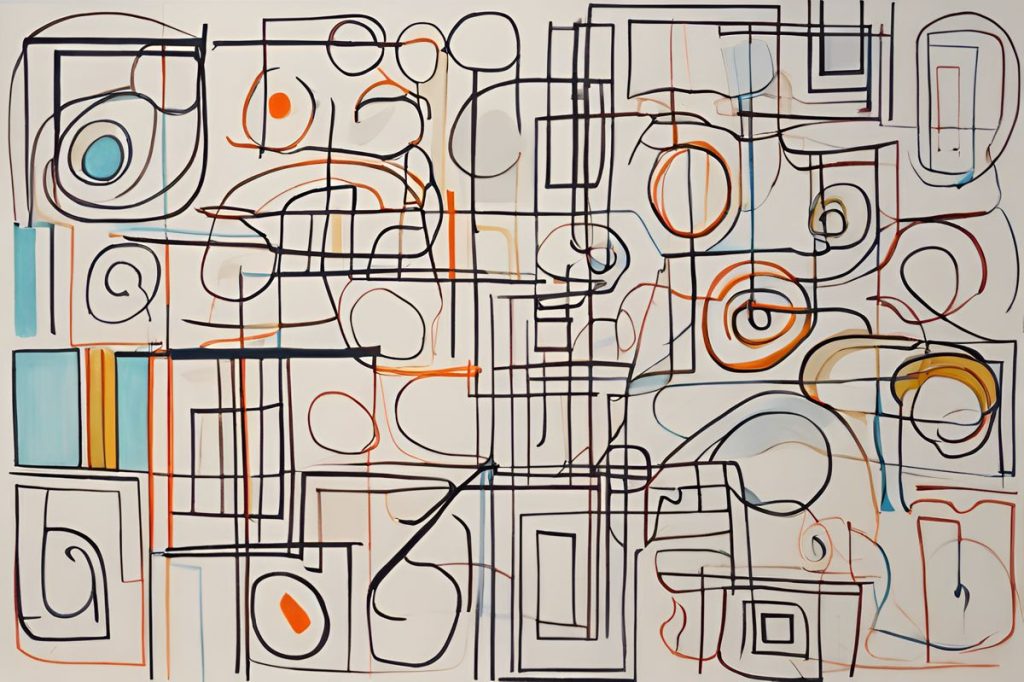The “Belonging” exhibition at the ASSEMBLE programme in Nicosia showcases the resilience and creativity of artists facing displacement, telling stories of loss, hope, and identity through their art. Curated by Shirin Zeraaty, the exhibition features works by artists like Myriam Dalal and Amak Mahmoodian, offering a glimpse into the experiences and cultural contributions of those affected by forced migration.
What is the role of art in expressing the experiences of exile and displacement?
Art serves as a powerful medium to express the intricate emotions and experiences of artists in exile or displacement. It offers insight into their stories of loss, hope, and identity, while celebrating their cultural contributions and resilience. The “Belonging” exhibition exemplifies this by showcasing the creative endurance of displaced artists.
The Intersection of Art and Displacement
Art has a powerful ability to convey complex emotions and experiences, and this is perhaps nowhere more evident than in works created by artists in exile or facing displacement. The ASSEMBLE programme in Nicosia brings this to light with its latest exhibition, showcasing the resilience and creativity of artists who have faced the upheaval of leaving their home countries. From March 22 to 24, the Goethe-Institut will become a space not just for displaying art, but also for sparking conversations about the rights of displaced artists and the significant role culture plays in refugee support.
The exhibition, aptly named “Belonging,” transcends geographical boundaries, featuring the work of artists deeply affected by forced migration. These individuals have had their lives and practices disrupted but continue to create and adapt despite such adversities. The showcase includes five selected pieces from the original virtual exhibition and a new addition by a Cypriot artist, offering a multifaceted look at the theme of belonging.
A Glimpse into the Artists’ Reality
Curated by Shirin Zeraaty, the exhibition includes contributions from artists like Myriam Dalal, Alia Gargum, Oleksandra Lytvyn, Amak Mahmoodian, Zariq Rosita Hanif, and Efi Savvides. Their works act as visual narratives that tell stories of loss, hope, and the continuous search for identity in new environments. On March 23, the curator will host a tour joined by artists Amak Mahmoodian, Myriam Dalal, and Efi Savvides, offering attendees a unique opportunity to engage directly with the creators behind the exhibited pieces.
This exchange is a critical aspect of the ASSEMBLE programme, as it not only introduces the public to the artists’ perspectives but also opens a dialogue about the ongoing challenges faced by artists in exile. The inclusion of these voices in cultural events serves as a reminder of the resilience of human creativity under even the most trying circumstances.
Celebrating Cultural Contributions
The art displayed at “Belonging” is a testament to the enduring spirit of artists who have been forced to leave their homelands. It celebrates their contributions to the cultural fabric of their new homes, while also acknowledging the loss and longing inherent in their work. The exhibition is not just a viewing experience; it’s an interactive event that invites reflection on the current global landscape of displacement and migration.
The ASSEMBLE programme’s initiative in bringing this event to the Goethe-Institut demonstrates the vital role that cultural institutions can play in supporting displaced artists. By offering a platform for their work, these institutions help ensure that the experiences and talents of these individuals are recognized and respected within the broader community.
How does art help in expressing the experiences of exile and displacement?
Art serves as a powerful medium to express the intricate emotions and experiences of artists in exile or displacement. It offers insight into their stories of loss, hope, and identity, while celebrating their cultural contributions and resilience. The “Belonging” exhibition exemplifies this by showcasing the creative endurance of displaced artists.
What is the significance of the “Belonging” exhibition at the ASSEMBLE programme in Nicosia?
The “Belonging” exhibition at the ASSEMBLE programme in Nicosia showcases the resilience and creativity of artists facing displacement. Curated by Shirin Zeraaty, the exhibition features works by artists like Myriam Dalal and Amak Mahmoodian, offering a glimpse into the experiences and cultural contributions of those affected by forced migration.
Who are some of the artists featured in the “Belonging” exhibition?
The exhibition curated by Shirin Zeraaty includes contributions from artists like Myriam Dalal, Alia Gargum, Oleksandra Lytvyn, Amak Mahmoodian, Zariq Rosita Hanif, and Efi Savvides. Their works act as visual narratives that tell stories of loss, hope, and the continuous search for identity in new environments.
How does the ASSEMBLE programme in Nicosia support displaced artists?
The ASSEMBLE programme in Nicosia supports displaced artists by providing a platform for them to showcase their work and share their experiences. Through exhibitions like “Belonging,” the programme aims to spark conversations about the rights of displaced artists and the role culture plays in refugee support. The programme also facilitates direct engagement between the public and the artists, fostering a deeper understanding of the challenges faced by artists in exile.

